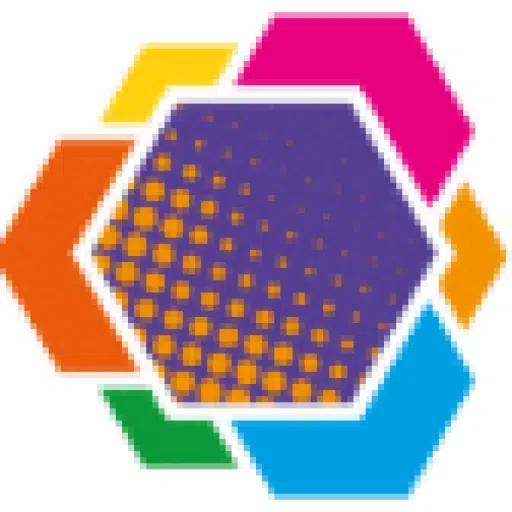Nosocomial infections, a national issue
 According to data collected by the CLINs, it is estimated that in France, hospital-acquired infections affect 5% of hospitalizations, directly and indirectly causing 4,000 deaths annually. Our European neighbors are not spared and are experiencing the same difficulties, with nosocomial infections generating expenses estimated at 7 billion euros per year.
According to data collected by the CLINs, it is estimated that in France, hospital-acquired infections affect 5% of hospitalizations, directly and indirectly causing 4,000 deaths annually. Our European neighbors are not spared and are experiencing the same difficulties, with nosocomial infections generating expenses estimated at 7 billion euros per year.
This problem is all the more important because the patients most affected are the most fragile. Indeed, the CLINs have noted a preponderance of cases among infants, children and the elderly.
In order to coordinate the actions implemented in hospitals, as well as their follow-up, the CLINs have created several indicators, including ICALIN (Composite Index of Activities for the Control of Nosocomial Infections) and ICA-LISO (Composite Indicator for the Control of Operating Site Infections). These two indicators evaluate the resources used by a hospital to control nosocomial infections.
These two indicators are similar in several areas, including one of the most important: sterilization of medical devices. The CLINs, through these indicators, issue a certain number of recommendations and thus focus on the importance of sterilization in the prevention of nosocomial infections.

 According to data collected by the CLINs, it is estimated that in France, hospital-acquired infections affect 5% of hospitalizations, directly and indirectly causing 4,000 deaths annually. Our European neighbors are not spared and are experiencing the same difficulties, with nosocomial infections generating expenses estimated at 7 billion euros per year.
According to data collected by the CLINs, it is estimated that in France, hospital-acquired infections affect 5% of hospitalizations, directly and indirectly causing 4,000 deaths annually. Our European neighbors are not spared and are experiencing the same difficulties, with nosocomial infections generating expenses estimated at 7 billion euros per year.